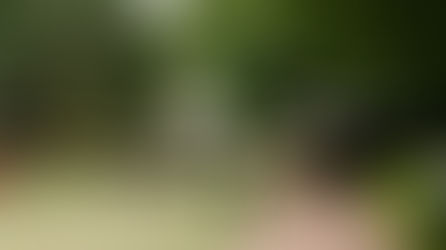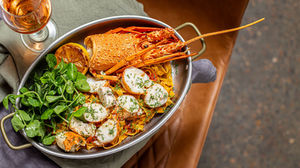Sweet Escapes: Dessert & Fortified Wines
- Your Hunter Valley Magazine
- Jul 15, 2021
- 3 min read
Updated: Jul 15, 2021

Liquid dessert? Yes, please!
From elegant Semillon to opulent aged Muscat, Australia’s dessert and fortified wines have a long and distinguished history and are considered to be some of the most unique wines in the world.
Until the mid-1960s, dessert and fortified styles were the most famous wines in Australia. These days table wines lead the charge, but those sweetly decadent wines are still highly sought after. Made in regions across the country, Australia’s dessert and fortified wines vary in style but never fail to impress.
Fermented in the same manner as conventional white wines, dessert wines tend to be intensely flavoured, deeply gold in colour with bouquets of dried apricots, a rich sweet flavour and a sharp acid finish.
Affectionately known as ‘stickies,’ these sweet wines are a sensational accompaniment to fruit desserts and are perfect with blue or soft cheeses. Alternatively, they can stand alone as a replacement for dessert at the end of a meal.
So how do you get wine to be so sweet that they match with desserts?
Late Harvest: Often described as liquid sunshine, these wines are traditionally made from grapes that are left on the vines until the end of the harvest so that they ripen to their fullest before naturally dehydrating. The result is a wine that has a higher residual sugar (or alcohol, depending on how long it is left to ferment). Late harvest is usually an indication of a sweet dessert wine such as Late Harvest Riesling, Pinot Gris or Semillon. Semillon is the favourite grape used in dessert wines because its thinner skin allows for a more effective state of botrytis and, therefore, sweeter juice.
Noble Rot: For exceptionally high-quality dessert wine of this style, vintners even go one step further: They hope for an infestation of their vines by so-called noble rot. While it may not sound very appealing, some of the most sought-after dessert wines in the world are made from grapes that are, well… rotten. The fruit is covered in a fungus called botrytis cinerea – also known as “noble rot,” which causes it to shrivel and dehydrate, leaving behind extra sweet pulp, which the winemakers then press for juice. Some of the world’s most outstanding sweet wines, such as Sauternes from Bordeaux, are made from noble rot. Australians may also be familiar with De Bortoli Noble One Botrytis Semillon - arguably Australia’s most famous dessert wine.
Ice Wine (Eiswein): Freezing grapes is another way to concentrate sugars to make sweet wine. When made in the traditional way, ice wine, or “eiswein” as it is called in Germany and Austria, is left on the vine long after the typical harvest is finished until temperatures drop enough for the grapes to freeze. Ice wines are commonly produced in cold regions like Canada, Germany and Switzerland.
FORTIFIED WINES
Fortified dessert wines such as Sherry, Port, and Madeira are made by adding alcohol (brandy spirits) during fermentation. This actually kills the yeasts that convert sugar to alcohol, leaving the wine very sweet and increasing the alcohol level to between 15 and 20%.
The types of spirit used and the point at which the spirit is added has an enormous impact on the style of wine being made. Generally, the earlier the spirit is added, the sweeter the resulting wines.
After fortification, the wine is left to mature in oak barrels, sometimes for decades, maturing into complex, aromatic wines with immense depth and concentration of flavour and colour.
Muscat grapes are used to make a variety of sweet dessert wines in various parts of the world. Typically, these are fortified wines, although some sweet late harvest and noble rot wines are also made from Muscat grapes.
Liqueur Muscat is a fortified wine from the Muscat Blanc à Petits Grains, which is a white wine grape and considered one of the oldest grape varieties in existence (also known as Brown Muscat grapes). The wine is sweet, dark and highly alcoholic, with similarities to the Portuguese fortified wine Madeira.
FIND OUR TOP PICKS HERE!













































































































